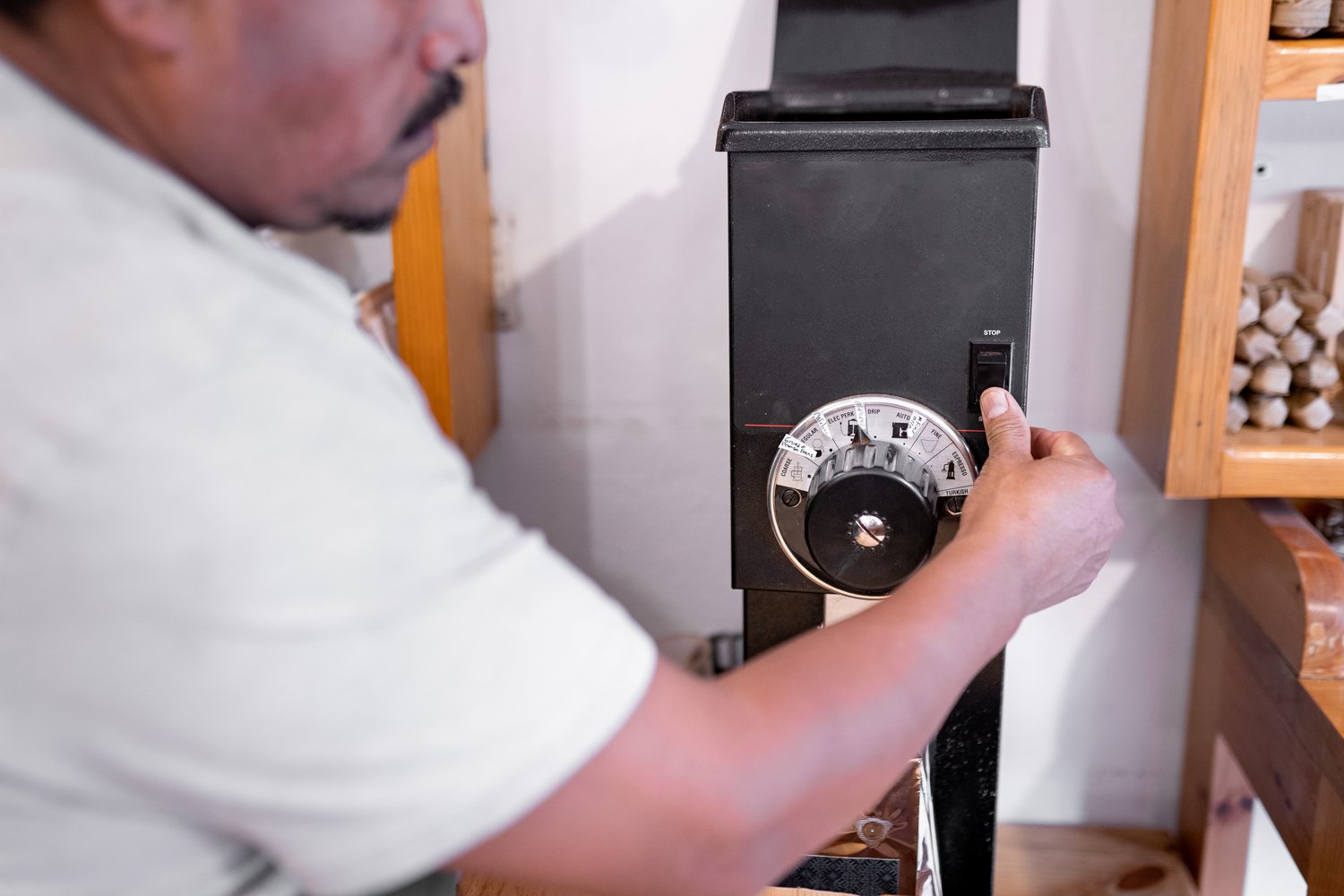Leaving your home unoccupied can raise security concerns, but what if there was a simple solution to keep potential intruders at bay? Enter the world of DIY programmable light timers. These devices offer an innovative way to enhance your home’s security by creating the illusion of occupancy, even when you’re miles away. In this article, we’ll take you through the journey of selecting, installing, and optimizing programmable light timers for a secure and convenient living environment.
- Understand how programmable light timers can enhance your home’s security and provide daily convenience.
- Learn to choose the right timer considering light control needs, ease of programming, and fixture compatibility.
- Follow a step-by-step guide for a seamless DIY installation of your programmable light timer.
- Discover effective programming techniques to maximize security benefits and troubleshoot common issues.
By the end of this guide, you’ll be well-equipped with practical knowledge and insights to boost your home security via DIY programmable light timers. This innovative approach not only safeguards your home but also brings peace of mind, allowing you to enjoy your time away without worry.
Benefits of DIY Programmable Light Timer Installation: Enhance Security and Convenience
Programmable light timers are a smart investment for homeowners looking to boost home security effortlessly. By automating your home’s lighting, you can simulate occupancy, which is a proven deterrent against potential burglars. When lights turn on and off at preset times, the home appears lived-in, discouraging intrusion attempts.
Beyond security, these timers add significant convenience to everyday life. You no longer have to worry about manually switching your lights on or off. This automation means you can return home to a well-lit house, enhancing comfort and safety when entering your abode at night.
Moreover, programmable light timers can contribute to energy efficiency, potentially lowering your utility bills. By ensuring lights are used only when needed, unnecessary power consumption is minimized, easing both environmental impact and household expenses.
Understanding Your Needs: Selecting the Right Timer for Your Home
Before diving into the installation of your programmable light timer, it’s essential to identify your specific needs. The right choice depends heavily on the number of lights you wish to automate and how you plan to use them. Are you controlling a single lamp, or a whole spectrum of lights throughout your home?
Ease of programming is another key factor. Look for timers with intuitive interfaces that make setup straightforward, allowing you to program your lighting plan with minimal fuss.
Compatibility with existing fixtures is crucial as well. Ensure that the timer you select integrates seamlessly with your home’s electrical system, considering factors like voltage and load capacity.
By carefully assessing these aspects, you’ll choose a programmable light timer that enhances your lifestyle and meets your unique home security needs.
DIY Programmable Light Timer Installation: A Step-by-Step Guide
Installing a programmable light timer in your home not only enhances security but also brings a level of convenience that is hard to beat. Most DIY enthusiasts will find that setting up a light timer is straightforward and rewarding. Follow this guide to install your timer properly and ensure it functions effectively.
Before you begin, gather the necessary tools: a screwdriver, pliers, and a voltage tester. It’s crucial to ensure the power is off before you start any electrical work for safety reasons.
Here’s how to install your light timer:
- Begin by removing the existing wall switch. Use your voltage tester to confirm the electricity is off.
- Identify the wires: you will typically encounter a line, load, ground, and possibly a neutral wire.
- Connect the timer wires to the corresponding wires in your wall. Most timers come with detailed instructions to guide you through this step.
- Secure the timer into the electrical box and affix the faceplate.
- Once everything is in place, turn the power back on to verify that the installation is successful.
Ensure all wires are securely attached and the device is properly fitted to avoid any future issues. With these steps completed, your programmable light timer should be operational and ready to protect your home.
Optimal Settings: Programming Your Light Timer Effectively
After successfully installing your light timer, programming it effectively is the next step to harness its full potential. Efficient programming will help in creating a realistic illusion of occupancy, which is a key to enhancing home security.
Start by setting a schedule that mimics your typical daily routines. This might include turning the lights on at sunset and off at bedtime.
Consider incorporating advanced features like a random setting, which can vary the on/off times slightly each day, further enhancing the security aspect by simulating natural human behavior.
If your timer allows, set different schedules for different days to reflect your typical routine variations. A mix of consistent and varied lighting schedules will effectively deter intruders.
Remember, the goal is to make your home appear occupied, even from a distance. Regularly update your light schedules to maintain this illusion effectively and adapt to changes in your routine.
By correctly programming your light timer, you optimize its use, ensuring it not only protects your home but also saves energy by preventing lights from being on when unnecessary.
Troubleshooting and Maintenance of Your DIY Programmable Light Timer
Even with the best DIY programmable light timers, occasional issues can arise. Common problems usually involve the timer not working as intended, which can disrupt the automatic lighting setup crucial for home security.
Here’s a look at some typical problems and solutions:
Timer Not Turning On/Off: If your timer isn’t turning on or off at the programmed times, double-check the programming. Ensure that the AM/PM settings are correct and that the device is plugged into a reliable power source.
Inconsistent Performance: Inconsistencies can often be resolved by resetting the timer to its factory settings. This clears any potential software glitches. If issues persist, revisit the manufacturer’s website for firmware updates or additional troubleshooting guides.
To keep your programmable light timer performing optimally:
Regular Checks: Consistently verify and update your light timer’s settings to match changes in lighting needs, especially during daylight saving time. This ensures the security benefits remain intact.
Cleaning: Dust and debris can affect the performance of electronic devices. Periodically dust the timer and its surroundings to prevent any build-up that could impact functionality.
Battery Replacement: Some timers require batteries for memory backup. If your timer resets unexpectedly after a power outage, it might be time to replace the battery to maintain consistent settings.
By following these troubleshooting steps and maintenance tips, you can ensure your DIY programmable light timer remains a reliable component of your home security system. This not only maximizes security benefits but also enhances energy efficiency, offering peace of mind whenever you’re away from home.
Frequently Asked Questions About DIY Programmable Light Timer Installation
Can programmable light timers save energy?
Yes, they help reduce energy usage by automatically turning off lights when not needed.
Are programmable light timers easy to install?
Most timers are easy to install and come with clear instructions for DIY enthusiasts.
Do I need special tools for installation?
Generally, basic tools like a screwdriver are sufficient for most installations.
Will a light timer work with LED bulbs?
Yes, many programmable timers are compatible with LED bulbs.
Can I control multiple lights with one timer?
Some timers allow control of multiple lights, but check the product specifications for confirmation.
What if my timer stops working?
Check the power source and reset the timer. If issues persist, refer to the troubleshooting section of the manual.
How often do I need to replace the timer?
Timers are durable and typically don’t need frequent replacement if properly maintained.
Can I program different schedules for each day?
Many timers allow for different programming on weekdays and weekends.





